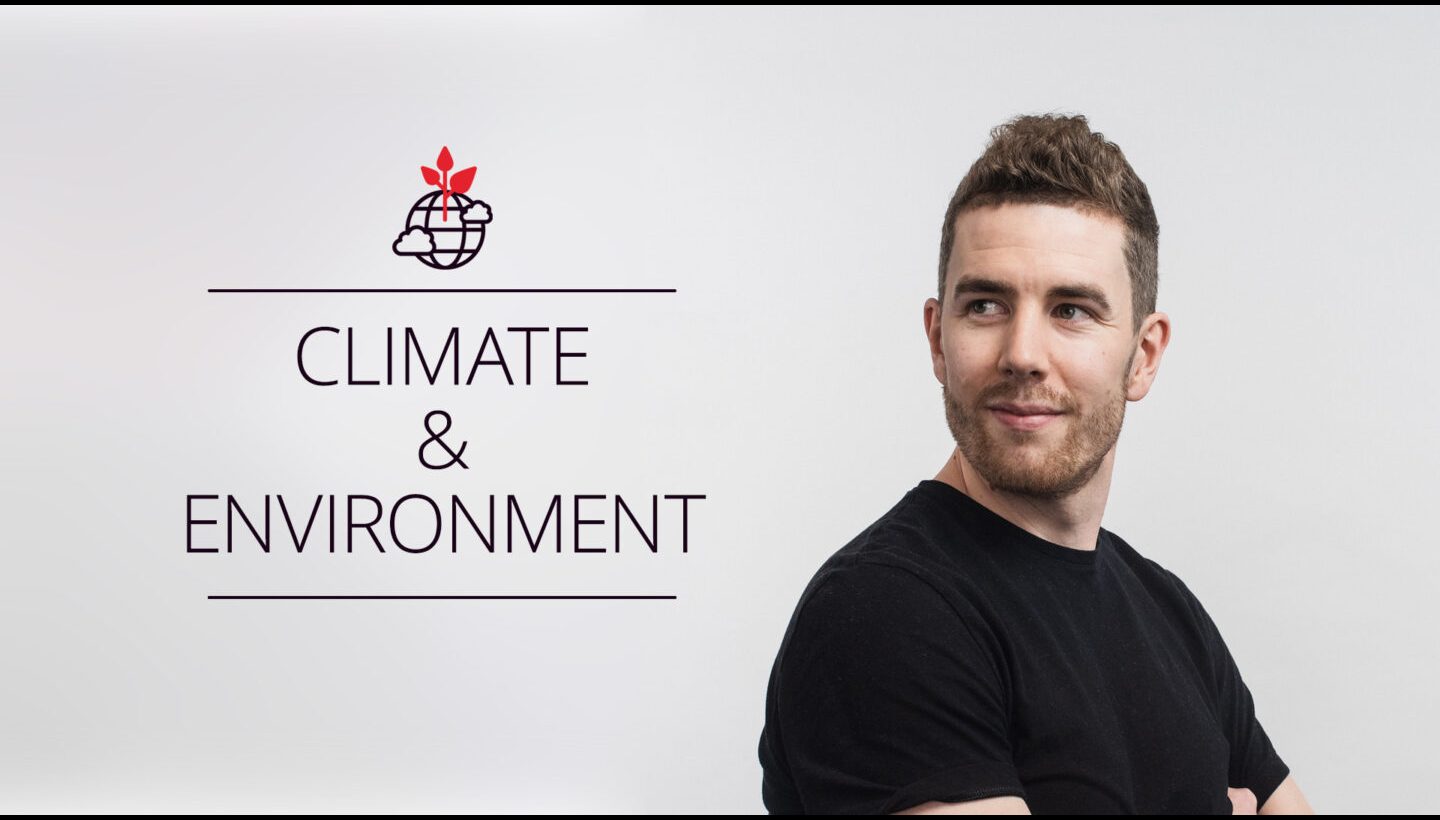

Climate & Environment is one of the three focus areas of our sustainability strategy. Senior Sustainability Manager, Tommi Lappalainen shares learnings, mistakes, and best practices from the past five years of sustainability work.
Written by: Tommi Lappalainen, Senior Sustainability Manager
From the beginning, our goals for climate and environment have been super simple: minimize our negative impacts and maximize positive impacts. We can say with confidence that today we have a comprehensive view of the matters we should actively manage and what things do not need to be prioritized in order to pursue these goals.
When minimizing our negative impacts, we have prioritized value chain energy consumption over many things. The value chain in mobile games includes the electricity required by players to run our games. Although mobile devices are quite energy efficient, we believe the whole industry can improve, and we want to play our part in that improvement in any way we can.
We have been actively seeking possibilities to minimize our own value chain footprint, but we have also worked together in different industry forums to create clear rules on emission accountability and elevate the industry’s ambition level when it comes to sustainability. A lot of this work is ongoing and never-ending.
Industry Work
One important milestone in our industry-wide work was the release of the Untangling the Carbon Complexities of the Video Gaming Industry guide. The guide, commissioned by Playing for the Planet Alliance, created by Carbon Trust, and funded by Unity, provides clarity on the gaming industry’s current status on climate action and provides valuable insights on how to overcome the complexity of emissions accounting and how to overcome the common barriers that prevent climate action.
The guide has specifically focused on untangling the mysteries of scope 3 emissions, meaning those emissions that are not produced by the company itself but by those that it is indirectly responsible for up and down its value chain. The full report can be accessed and downloaded here.
Learnings, Mistakes & Best Practices
One of our most important learnings in carbon accounting work has been finding our emissions ‘hotspots’. This is also a great place to start for companies just beginning their carbon accounting journey. If you can’t identify what are your biggest emissions sources, it is impossible to prioritize meaningful actions over those that deliver only small impacts. Every action matters, but some actions matter more.
For Rovio, 93% of our 2022 CO2e emissions came from the category of Purchased Goods and Services (51%) and Use of Sold Products (42%). After a significant drop in proportion, Business Travel comes third with only 5%. With some caution, these findings can be used as an example of where the emission hotspots lie for a mobile games company.
When it comes to reducing our climate impact, we are not without our mistakes, but often mistakes can lead to positive outcomes. Our most recent mistake was not to include the marketing side to our emission calculations for Purchased Goods and Services. This was not really a standard practice a couple of years ago, but it is a big and relevant chunk of emissions in our value chain. One past ‘mistake’ we don’t regret is related to playing it safe: we overestimated our emissions on Use of Sold Products when we calculated that emission category. Our calculation assumed that on average, each player consumes one full battery charge on their device each day when playing our games. Luckily the battery draw in our games is not that heavy, but it’s always better to be safe than sorry.
Doing the Math
One of our best practices was a result of the mistake above. After that rough one-battery-a-day estimate, we started calculating our players’ emissions based on real, accurate data on playtime. Our current formula for calculating emissions of players’ devices when playing our games goes as follows:
Power (kW) x Playtime (h) x Emission factor (kgCO2e/kWh)
Simple math, right? Here the attention should be placed on data availability and quality. From Beacon, Rovio’s technology suite, we can get accurate playtime data that is split per country, device, and operating system. This way we can calculate accurate electricity consumption figures for each device and correct emission factors for each country’s average grid electricity.
For example, let’s say we have an Angry Birds Dream Blast superfan who has clocked in 1000 hours of gameplay per year on their iPhone 12 and they are located in the US. From the above mentioned report we know that the iPhone’s power draw is roughly 3 watts when playing Angry Birds Dream Blast, and from the US eGrid, we know that the average grid electricity emission factor is 0.388 kg CO2e/kWh (put simply, this is the carbon impact of one kilowatt hour of electricity consumption in the player’s location). This would translate into emissions with the following factors:
0.003 kW x 1000 h x 0.388 kg CO2e/kWh = 1.16 kg CO2e
The calculation shows that the carbon impact of this player playing Angry Birds Dream Blast for 1000 hours is 1.16 kg CO2e. For the sake of comparison, the impact is similar to driving an average passenger vehicle for ten kilometers or watching TV for 30 hours.
These examples not only serve as a context for the energy consumption of mobile games, but they are also a reminder that no energy consumption is free from impact. It is important for us as a company to recognize this and accept our responsibility to mitigate the negative consequences in any way we can. We believe this calculation model can be applied to all mobile games, and with small tweaks on device assumptions, can also be applied to other app categories such as video streaming.
Next Up
For the future we have plenty of things to do within Rovio and in cooperation with the games industry. The most important part is to focus on reducing emissions, which is not easy when a big chunk of our emissions are out of our direct control. Together with other Playing for the Planet members, we have started to evaluate our possibilities to collaborate with game engines and platform owners to work to optimize gaming software, thus reducing the power consumed by each player. If we could together reduce even 5% of the total emissions of mobile gaming, that would be obviously much more than all our individual emissions combined. Also when Purchased Goods and Services are a big deal on our individual emissions, we will continue the discussions with our partners & suppliers how to improve on data granularity and on reduction of our common emissions.


